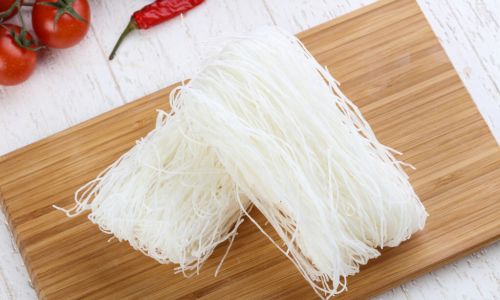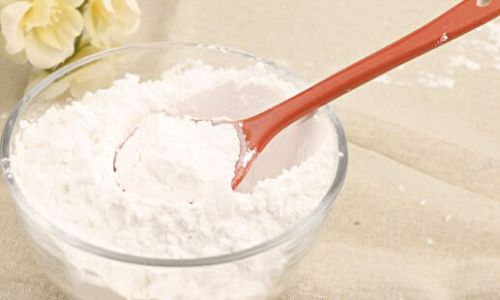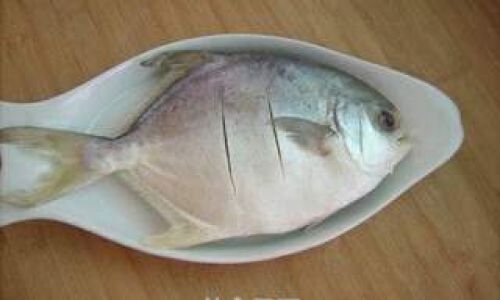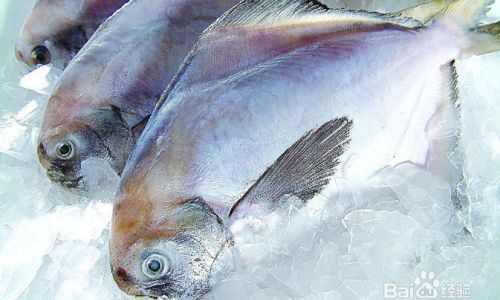The Distinction Between White Jelly Powder and Starch: A Comprehensive Analysis of Their Roles in Culinary and Industrial Applications**
The culinary world relies heavily on a myriad of ingredients to transform simple components into delectable dishes. Among these, white jelly powder and starch stand out as versatile agents, each serving distinct purposes in cooking, baking, and even industrial processes. Despite their shared ability to alter texture and consistency, these two substances differ fundamentally in their origins, chemical compositions, and applications. This article delves into the nuances of white jelly powder and starch, shedding light on their unique properties and guiding readers on their optimal usage.
Defining White Jelly Powder and Starch: An Overview
1 What Is White Jelly Powder?
White jelly powder, scientifically known as agar-agar or kanten, is a gelatinous substance derived from red algae, primarily species such as Gelidium and Gracilaria. Widely used in Asian cuisine, this ingredient is celebrated for its ability to form firm, heat-resistant gels without refrigeration. Agar-agar is odorless, colorless, and dissolves in boiling water, making it a popular choice for vegetarians and vegans as a plant-based alternative to animal-derived gelatin.
2 What Is Starch?
Starch, in contrast, is a polysaccharide carbohydrate extracted from plant sources, including corn, potatoes, rice, wheat, and tapioca. It serves as a primary energy storage molecule in plants and is a ubiquitous thickening agent in human diets. Starches like cornstarch, potato starch, and tapioca starch are staples in kitchens worldwide, valued for their capacity to thicken sauces, soups, and custards when heated.
Sources and Production: Nature’s Contrast
1 The Origin of White Jelly Powder
Agar-agar’s journey begins in marine environments. After harvesting, the algae undergo boiling to extract the gelatinous component, which is then dried and processed into powder or flakes. This method preserves its gelling properties, ensuring stability across a broad temperature range.
2 The Extraction of Starch
Starch production involves isolating the carbohydrate from plant tissues. For example, cornstarch is derived by steeping corn kernels, grinding them, and separating the starch from gluten and fiber. Similarly, potato starch is extracted through a process of crushing, washing, and centrifuging potatoes. Each starch type retains subtle flavor notes and thickening characteristics tied to its source.

Chemical Composition: The Building Blocks
1 Agar-Agar’s Molecular Structure
Agar-agar is a heteropolysaccharide composed of two primary molecules: agarose and agaropectin. Agarose, the gelling component, forms a helical structure that stabilizes into a rigid gel upon cooling. This structure allows agar to set at relatively low temperatures (32–43°C or 90–110°F) and remain solid at room temperature, a trait unmatched by most starches.
2 Starch: A Mixture of Amylose and Amylopectin
Starch consists of two glucose polymers: amylose (linear) and amylopectin (branched). The ratio of these molecules varies by plant source, influencing gelling and thickening behavior. For instance, waxy cornstarch, rich in amylopectin, thickens rapidly but lacks clarity, while high-amylose cornstarch forms firm gels.
Functional Properties: How They Behave in Cooking
1 Gelling Mechanisms
- Agar-Agar: Sets irreversibly, meaning once cooled, it cannot be remelted without exceeding its gelation temperature. This property makes it ideal for layered desserts or molded dishes.
- Starch: Thickens through gelatinization, where heat disrupts starch granules, allowing them to absorb liquid. Unlike agar, starch pastes thin when cooled and reheated, a phenomenon known as “syneresis.”
2 Temperature Sensitivity
Agar-agar’s gelation occurs at lower temperatures than starch, which requires boiling to activate thickening. This distinction is critical in recipes: agar desserts set as they cool, while starch-thickened sauces must be served immediately to prevent separation.
3 Texture and Clarity
Agar produces clear, brittle gels, while starch yields opaque, cloudy mixtures. Cornstarch, for example, imparts a glossy sheen to pies but lacks the structural integrity of agar.

Culinary Applications: When to Use Which
1 White Jelly Powder in the Kitchen
- Desserts: Agar is a cornerstone of Japanese anmitsu, Vietnamese thạch, and Filipino gulaman. Its firm texture supports fruits and syrups without collapsing.
- Savory Dishes: Chefs use agar to create “vegetarian aspic” or to stabilize foams and emulsions in modernist cuisine.
- Health Foods: Low in calories and rich in soluble fiber, agar is a common ingredient in diet-friendly jellies and puddings.
2 Starch: The Kitchen Workhorse
- Thickening: Cornstarch thickens Chinese stir-fry sauces, while roux (flour and fat) stabilizes French béchamel.
- Baking: Wheat starch contributes to the lightness of cakes, while tapioca starch lends chewiness to gluten-free bread.
- Industrial Uses: Starches modify textures in processed foods, from yogurt to instant noodles.
Health and Nutritional Considerations
1 Dietary Benefits
- Agar-Agar: High in dietary fiber (80–90% by weight), it aids digestion and promotes satiety. It is also free of sugar, gluten, and calories, making it suitable for keto or low-carb diets.
- Starch: A complex carbohydrate, starch provides energy but contributes calories (4 kcal/gram). Refined starches lack fiber, though whole-grain sources retain nutrients.
2 Allergies and Intolerances
Agar is hypoallergenic, while starches like wheat starch may trigger gluten sensitivities. However, certified gluten-free starches (e.g., corn, potato) are safe alternatives.
Common Misconceptions and Pitfalls
1 Substitution Myths
A frequent error is assuming agar and starch are interchangeable. Substituting starch for agar in a jelly recipe results in a runny mixture, while using agar in a sauce yields a rubbery texture.

2 Measurement Precision
Agar requires precise ratios (1 teaspoon per 250ml liquid) to avoid over-setting. Starch, by contrast, is more forgiving but can clump if not whisked into cold liquid before heating.
Beyond the Kitchen: Industrial and Scientific Uses
1 Agar in Microbiology
Agar’s ability to solidify at body temperature makes it ideal for culturing bacteria in Petri dishes, a practice dating to 1882.
2 Starch in Biodegradable Materials
Modified starches are used to create eco-friendly packaging, reducing plastic waste.
Environmental Impact: Sustainability of Sources
1 Agar-Agar’s Eco-Friendly Profile
Algae cultivation requires no freshwater or fertilizers, making agar a sustainable choice compared to animal gelatin.
2 Starch Production and Land Use
Corn and potato farming involve significant water and pesticide use, though advancements in regenerative agriculture aim to mitigate these impacts.

Future Trends: Innovation and Adaptation
1 Agar in Plant-Based Meats
Startups are experimenting with agar to mimic the texture of animal fats in vegan burgers.
2 Starch as a Biofuel Feedstock
Research into starch-derived ethanol seeks to reduce reliance on fossil fuels.
Conclusion
White jelly powder and starch, while both valued for their functional roles, occupy distinct niches in culinary and industrial contexts. Agar-agar’s marine origins and heat-resistant gels make it indispensable in vegan desserts and scientific applications, while starch’s plant-derived versatility underpins its dominance in thickening and baking. By understanding their differences—from molecular structure to culinary behavior—chefs, home cooks, and manufacturers can harness these ingredients to elevate dishes and products. As dietary preferences evolve and sustainability gains prominence, the relevance of these age-old ingredients will only grow, proving that even the simplest components hold complex stories of science, culture, and innovation.






0 comments